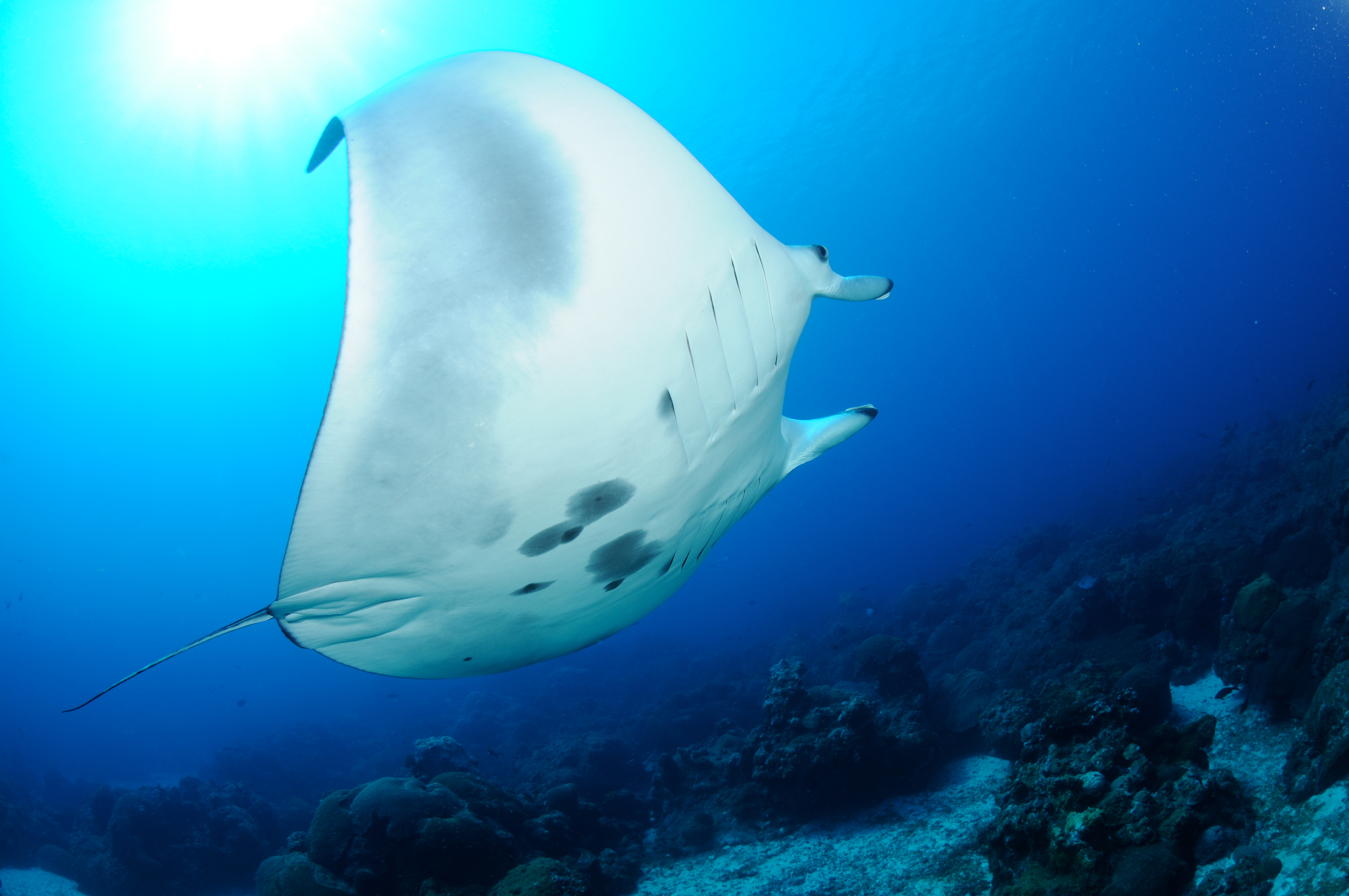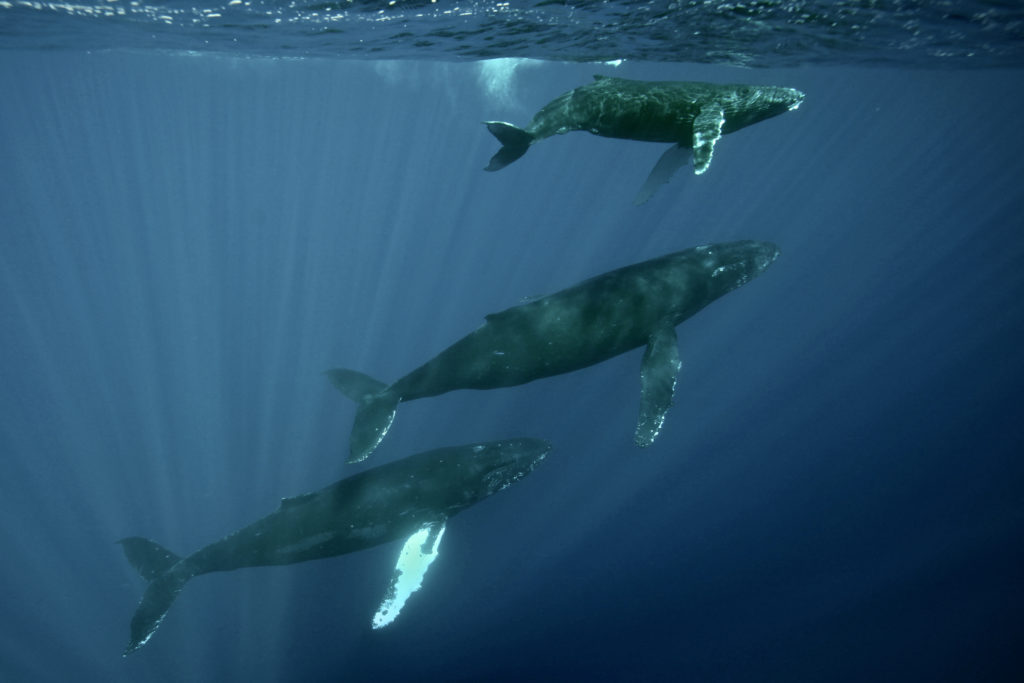
Americans are facing the longest government shutdown in U.S. history with no end in sight. The 800,000 dedicated government workers, furloughed by the shutdown, and the countless contractors who rely on the Federal government for their paycheck, as well as their families, are in our thoughts and hearts during this difficult time.
The shutdown hits close to home for us, as our key partner, the National Oceanic and Atmospheric Administration is one of the impacted agencies. The hard-working public servants who we work with at NOAA are responsible for protecting endangered and threatened species and the marine sanctuaries and monuments that are their homes, managing fisheries important to our coastal communities, and, exploring our ocean to learn more about its unique ecosystems and species. The impacts of the shutdown on our ocean and Great Lakes appear invisible to many because they happen under the water’s surface and are not immediate, but they are growing every day and with long-term impacts.
We wanted to take this opportunity to highlight what the shutdown means for our protected waters through three examples. What is at stake? Restoring the health of one of our world’s largest coral reefs; protecting iconic humpback whales; and, engaging the next generation of ocean and Great Lakes stewards.
At the Florida Keys National Marine Sanctuary, NOAA’s closure is harming important stewardship and management efforts. NOAA’s Office of National Marine Sanctuary (ONMS) plays a critical role in issuing permits for use of the sanctuary. Permits authorize a variety of projects and minimize harm to resources while allowing critical research, conservation and restoration activities to occur in order to maintain a healthy marine ecosystem. These efforts include combating invasive species, investigating maritime heritage resources, and research on a severe coral disease outbreak impacting the Florida Reef Tract.
Florida’s coral reefs are experiencing an outbreak of coral disease. NOAA is one of several agencies, academic and non-profit organizations responding to the outbreak. This disease outbreak is unprecedented due to its large geographic range, extended duration, high rates of mortality and the number of coral species affected. Nearly half of the stony coral species found on the Florida Reef Tract are affected, including the primary reef-building species in Florida Keys National Marine Sanctuary. Before the shutdown, NOAA scientists were working with partners to document the outbreak, identify likely causes, understand what environmental factors may be contributing to the outbreak and spread of the disease, and to identify and develop treatments that may slow or stop the disease from spreading. NOAA was also developing a “Restoration Blueprint” to strengthen conservation of the marine ecosystem. Now, efforts are on-hold, impacting the long-term health for reef.

Photo by Matt McIntosh/NOAA
Northern Pacific Humpback Whales. Each year, approximately 11,000 whales travel to the Hawaiian Islands Humpback Whale National Marine Sanctuary for the winter. This productive breeding ground traditionally shelters singing males looking for a mate and new mothers and calves. Since 2014, however, there a significant drop in sightings of these whales. NOAA scientists should be on the water now, as the whale return to Hawaii, investigating the reasons for this decline, and conducting research to increase their long-term survival as well as their overall health. But they aren’t because of the shutdown.
During the government shutdown, ONMS is unable to carry out scientific research and cannot coordinate research efforts with partners. This means new discoveries are delayed, and critical conservation research does not occur. This shutdown will undoubtedly have far-reaching ramifications on sanctuary science, and ultimately impact management decisions.

The Next Generation of Ocean and Great Lakes Stewards. Through public outreach programs, staff of the National Marine Sanctuary System reach thousands of students each year. These efforts help prepare the next generation of conservation leaders. In Santa Cruz, CA, if you try to visit the Sanctuary Exploration Center, you can’t. It’s closed. Signs about the government shutdown greet students and the public who want to learn more about Monterey Bay National Marine Sanctuary. The Center’s closure is also resulting in the loss of critical income that comes from donations, facilities rentals and gift shop sales to support educational programs. The longer the shutdown goes, the more the ripple effect will create long-term damage.
How we’re helping
The National Marine Sanctuary Foundation is a leading voice for America’s protected waters. We work with NOAA and community partners to inspire conservation and expansion of these special places for a healthy ocean. Even though the federal government is shut down, our work to achieve this important mission does not stop. Foundation staff across the National Marine Sanctuary System are dedicated to fill in the gaps wherever possible until federal staff can return to work.
On Saturday, January 26, Foundation staff will coordinate the annual Sanctuary Ocean Count, a citizen science project hosted by Hawaiian Islands Humpback Whale National Marine Sanctuary that gives Hawaiian locals and tourists the opportunity to experience humpback whales and contribute to population research during peak whale migration season. In Hilo, Hawai‘i, Foundation staff are ensuring the Mokupapapa Discovery Center is open and staffed for the hundreds of weekly visitors, school children, and seniors who enjoy the exhibits and displays while learning about Papahānaumokuākea Marine National Monument. And in the Florida Keys, Foundation staff partnered with other local organizations to facilitate an out-of-state college group’s long-planned alternative winter break to Florida Keys National Marine Sanctuary and Dry Tortugas National Park that would have otherwise been cancelled.
Still, national marine sanctuaries and marine national monuments require NOAA and other federal agencies working at full capacity to fully protect these treasured places. We look forward to having our partner and the dedicated staff back and working together!

Kris Sarri, President and CEO
